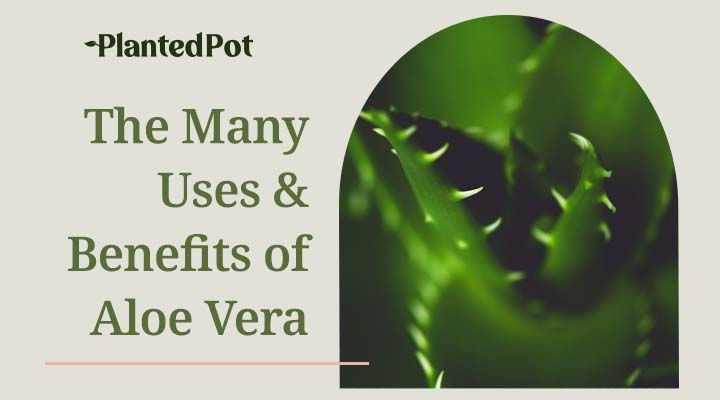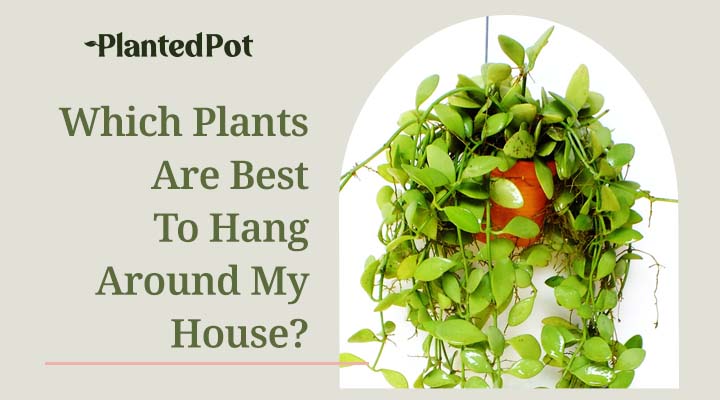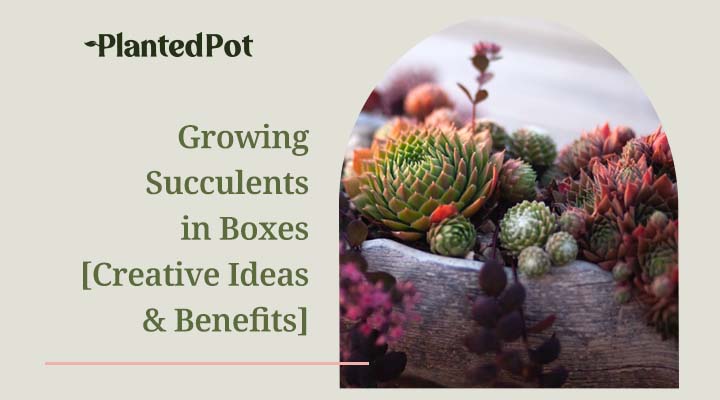
Indoor Plant Soil: A Tool To Get Your Plant To The Next Level
Home / Indoor Plant Soil: A Tool To Get Your Plant To The Next Level
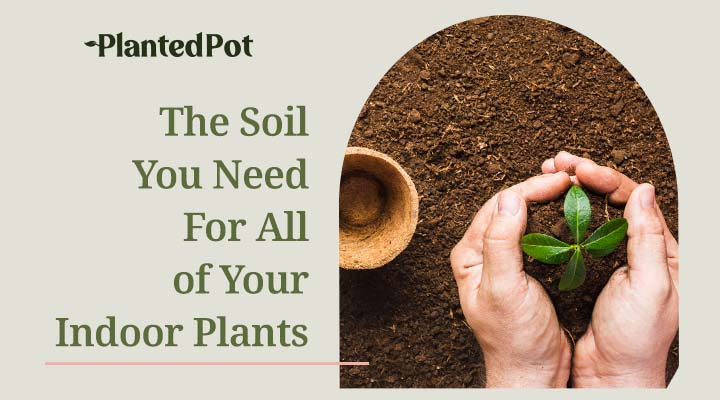
Indoor Plant Soil: A Tool To Get Your Plant To The Next Level
- Olivia Richman
- September 27, 2021
- 11:38 am
- No Comments
Caring for indoor plants is easy: All they need is light, water, soil, and a potting mix. But what’s the best potting soil to try? If you have potted plants inside your home, there’s only one answer: Indoor plant-soil! This organic potting soil is soil made specifically for houseplants and will help your plants grow and thrive.
Indoor plant soil can be made specifically for certain types of plants. For example, succulents need indoor plant soil with sand and allow for many drainages since they like it dry! But many indoor plant soils contain similar nutrients and ingredients to outdoor potted plants that keep your plant safe and healthy.
What is Indoor Plant Soil?
Potting soil has a name that hints at what it is: It’s a mostly soil-based mix used for indoor plants grown in pots. The word “soil” is a pseudonym for dirt. Dirt contains particular minerals and decaying matter that houseplants need to grow and thrive. Some brands add extra ingredients to indoor plant soil to provide plants with even more nutrients or prolong the products’ shelf life.
There are indoor plant soil mixes made for specific types of plants. For example, succulents will sometimes have different ingredients in their soil mix than Phildendrons and Peace Lillies. This is due to their natural habitats and what type of conditions these plants prefer.
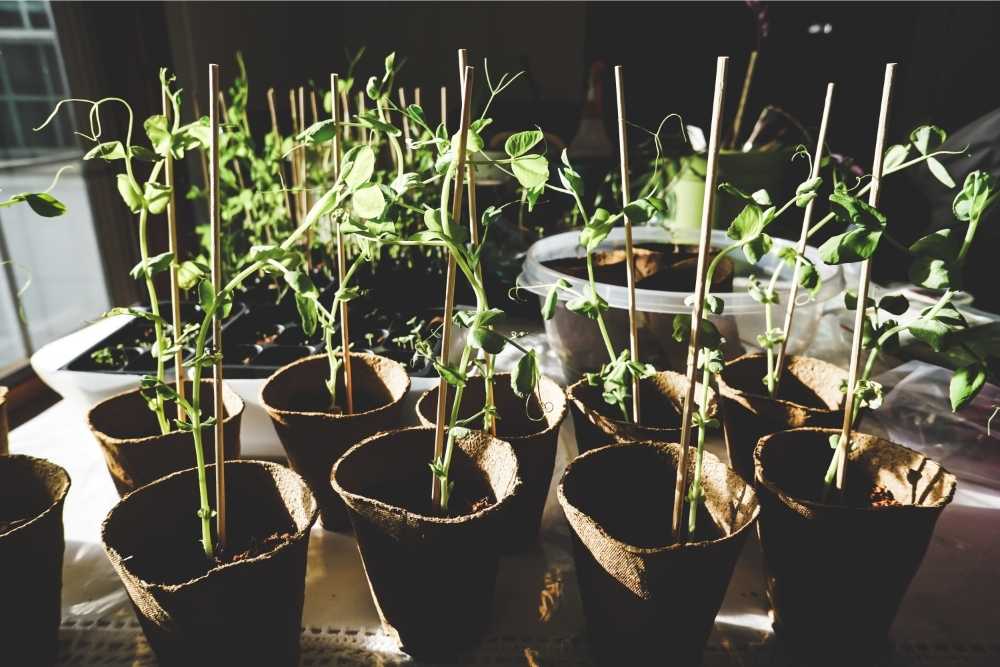
What Does a Good Indoor Plant Soil Mix Consist Of?
Potting soil is made specifically with potted plants in mind, meaning it should contain ingredients that oxygenate, improve drainage, and encourage moisture retention. This is because potted plants often rot due to overwatering when the soil cannot drain properly, causing the plant to sit in water.
Here are some of the ingredients you should look for in a potting soil mix.
Sphagnum
This is a natural plant material that offers structure and allows for aeration. While lightweight, sphagnum holds a good amount of water. This makes it a nice base. There are two sphagnum bases you’ll often come across: Dried sphagnum moss and peat moss. Peat moss improves drainage, encourages moisture retention, and resists compaction. This means the soil becomes less dense.
Coconut Coir
Made of coconut husk fibers, this natural material has great water-holding properties and doesn’t compress. It’s less acidic than peat moss.
Coconut coir is easy to work with but is high in potassium and sometimes contains salt. To make sure there is no salt, put the coir in a bucket of water for a week, changing the water daily.
Perlite
You’ll often see this ingredient because of how well it aerates the soil mix. It’s lightweight and insulating, making the soil fluffier and airier. It’s naturally occurring, non-toxic, sterile, and even reusable.
Perlite is often added to keep the peat from compacting. Perlite has micro-pores that allow it to absorb some water and fertilizer. This makes them available to the roots for longer periods.
Pumice
Like perlite, this is another natural and porous volcanic material. Known as “sponge rock,” pumice is added to soil to maintain soil stability. That’s because it doesn’t compact or decomposes.
Vermiculite
This lightweight ingredient helps add aeration to the soil. Vermiculite is a process called mica, making it very water-absorbent. It’s a great ingredient to look for if you have a particularly thirsty plant (or if you often forget to water).
Sand
Sand is often added to the mix to break up heavy soils. It can help with soil drainage but has zero absorption capabilities. Always use coarse grains.
Wood Chips
This ingredient provides aeration and better absorption capacity. But keep in mind that it does decompose quite rapidly, using soil nitrogen in the process.
Bark
Bark provides aeration but isn’t absorbent. It has a certain type of wax that protects trees by repelling water.
Fertilizer
There’s an abundance of fertilizer types found in potting soil. Look for one that uses organic fertilizer since it’s very safe for plants. Compost, worm castings, and leaf mold are other natural fertilizers that provide extra nutrients for your plant.
Why Use Indoor Plant Soil for Indoor Plants?
Plant lovers will often use different soils for indoor plants than their gardens. That’s because indoor plant soil is created with potted plants in mind. The ingredients ensure that potted plants thrive, providing important nutrients and ensuring the soil doesn’t get too compacted or stay too wet.
Garden soil and potting soil are both made from quality, organic materials. But these two soils are not interchangeable. Garden soil is made to mix into the native soil in your garden. Potting soil is made specifically for potted plants.
Using garden soil instead of potting soil for your indoor plants could lead to some trouble. The wrong soil can lead to moisture buildup and soil compaction, causing root damage and inhibiting plant growth.
Is Indoor Plant Soil Necessary?
Absolutely! Indoor plant soil is necessary for most indoor plants. To survive and thrive, indoor plants need:
- Potting soil. Look for a general potting soil or one made specifically for your plant type. Make sure it has some of the ingredients mentioned above.
- Temperature. Each plant requires a different temperature to emulate their natural habitat.
- Humidity. Some plants need humidity to thrive, especially tropical plants. Mist their leaves or place them on a plate of water with pebbles.
- Water. Check the water requirements for each specific plant. Overwatering is one of the most common reasons plants die. Some plants must be watered often, while others want their soil to dry between watering.
- Lighting. Most plants require bright, indirect light to thrive but always look into a plant species’ specific needs.
Can You Use Normal Soil for Indoor Plants?
Don’t use garden mix for your indoor plants. Garden soil is often made with outdoor planting in mind. It’s meant to be mixed with native soil. This means it often won’t contain the nutrients indoor plants need to thrive. It also drains differently, possibly leaving a potted plant too wet or too compacted.
How Does Indoor Plant Soil Differ from Other Types of Soil?
While garden soil and indoor plant soil both focus on organic materials, they’re formulated for very different applications. Garden soil and potting soil have very different ingredients. Garden soil will often have natural topsoil or sand blended with bulky materials like composted bark. The coarseness of garden soil allows it to hold more water.
Garden soil is also made to be resistant to wind and environmental changes. This results in outdoor soil being a lot weightier than indoor soil. A heavier soil will most often kill an indoor plant since it won’t drain well, resulting in root rot.
Potting soil has no natural soil in the mix. Instead, it has peat moss, ground pine bark, perlite, and other materials that help better aeration and prevent the soil from becoming too compact.
Garden soil also contains living components that are not found in potting soil. This includes bacteria, fungi, and nematodes. This allows outdoor plants to take up nutrients and water from the soil. Meanwhile, intentionally sterilized potting soil. Instead, indoor plant soil will often have plant food of some kind.
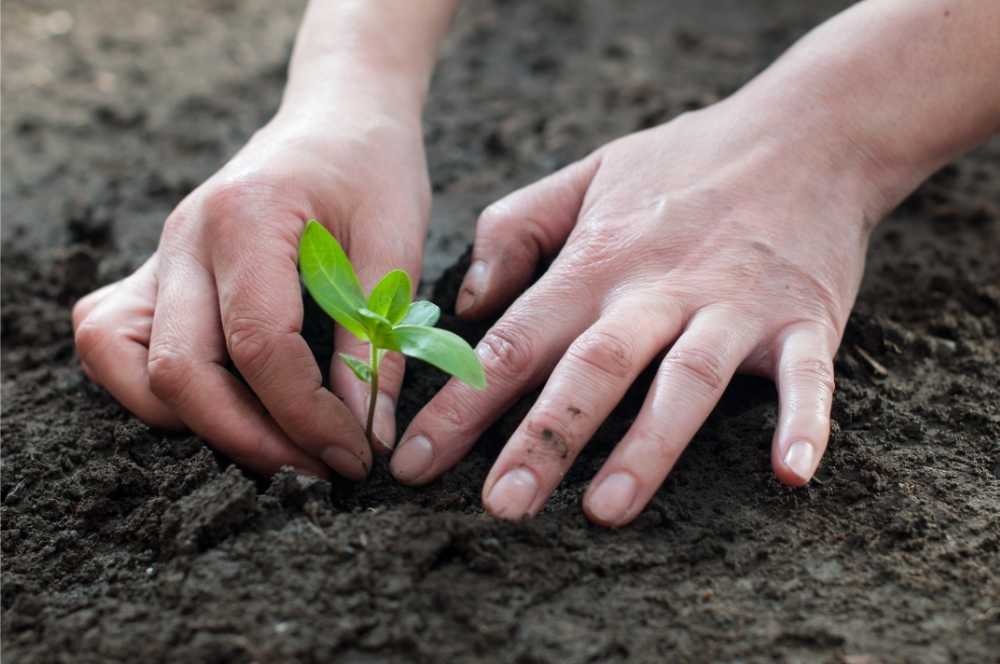
Signs Your Indoor Plant Soil is Going Bad
Indoor plant-soil doesn’t often “go bad” or “expire.” But older potting soil may not work as optimally as fresher soil. An opened bag of potting soil will usually remain at its highest quality for six to 12 months. But over time, air and moisture break down the plant material in the soil. Unopened bags of potting soil can last longer, usually remaining moist and beneficial for up to two years.
Here is how to tell that your indoor plant soil is going bad.
Bad Smell
If your potting soil is going bad, a common sign is a bad smell. The smell is often similar to that of a rotten egg. This smell is due to anaerobic bacteria, which grows in compacted, dense soil with less oxygen. You can still use potting soil that has bacteria. Spread the soil in the sun and let it dry. The sun will kill the bacteria, reducing the bad odor.
Pests
Notice movement in the soil? That’s a sign that the potting soil is going bad. The most common pest is a fungus gnat, which infests rotting matter. They can be dangerous to younger plants and houseplants, damaging their roots.
Mold
The discoloration is another sign that your potting soil is going bad. You’ll often notice green, yellow, or white mold on the soil. Soggy or wet potting soil is more likely to grow mold. The best way to get rid of mold is to place the soil in a well-ventilated or sunny area.
It’s important to keep an eye on your potting soil since moldy soil is unusable. Mold-infested soil will lead to root rot. Potting soil that’s very moldy should often be tossed out. If there isn’t much mold, it’s still possible to use the potting soil if you also use antifungal treatment on your plant.
Final Thoughts – Indoor Plant Soil
When picking out soil for your indoor plants, it’s important to look for the right potting soil. It’s simple: indoor plant soil encourages growth and health for houseplants. These soils keep soil from becoming too dense, which can stop root growth. They also encourage proper draining, ensuring your potted plant doesn’t drown.
Look for certain ingredients like peat moss, wood chips, and perlite when purchasing an indoor plant soil. And always check that the soil is fresh and effective before using it. With the right soil, water, temperature, and light, your indoor plants will provide endless beauty and positivity to your home!


